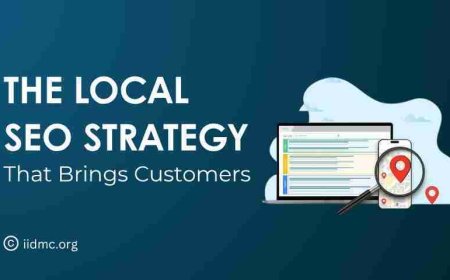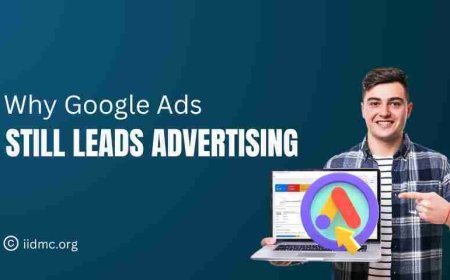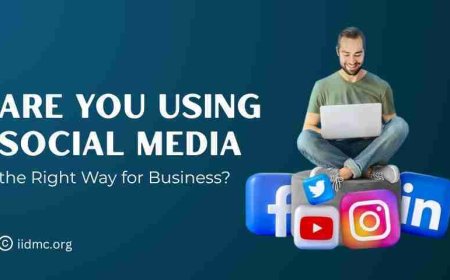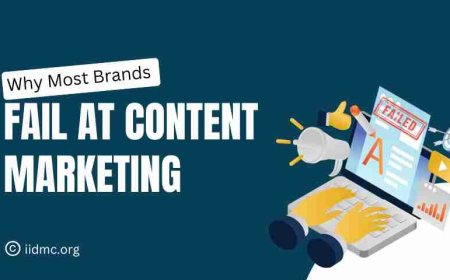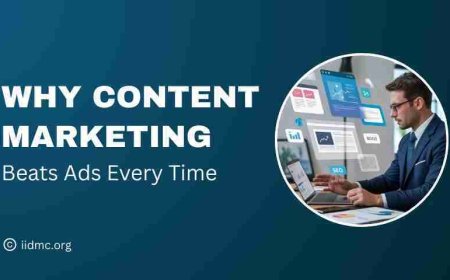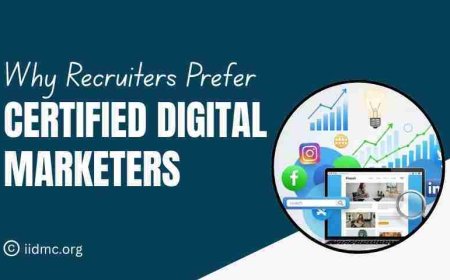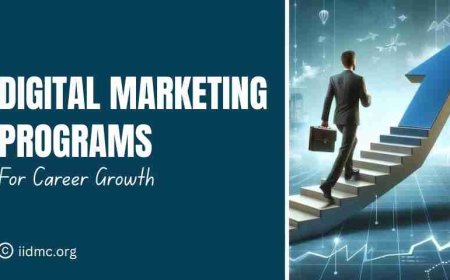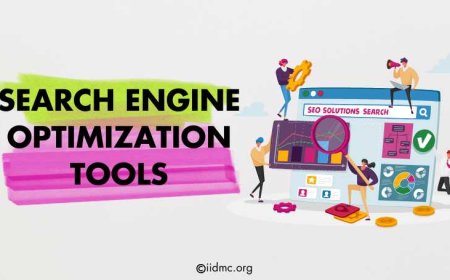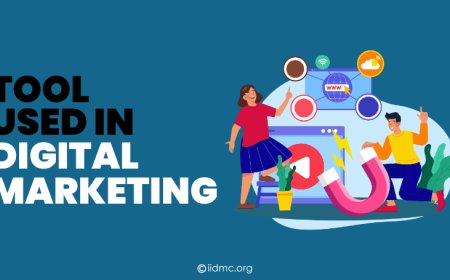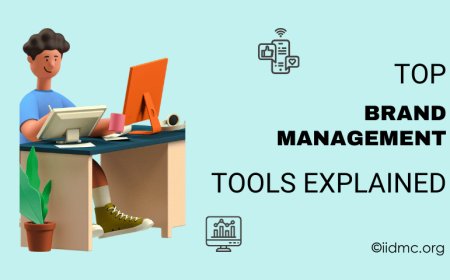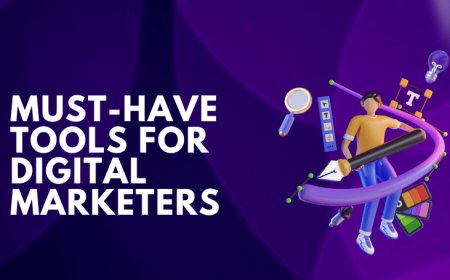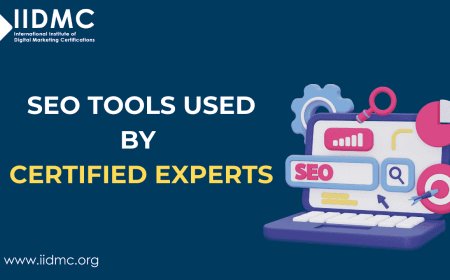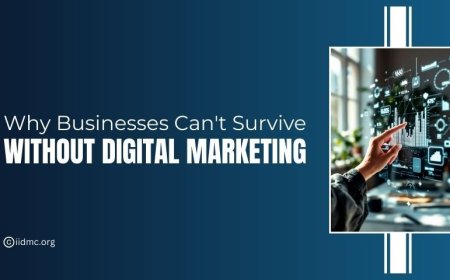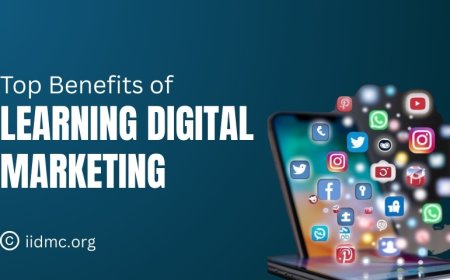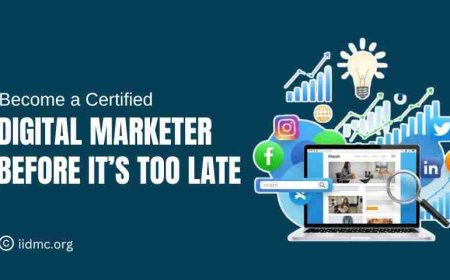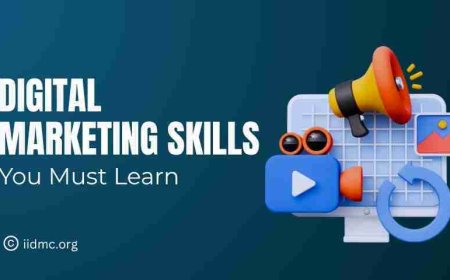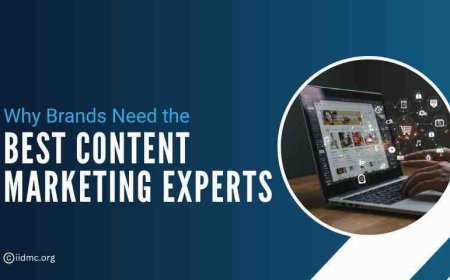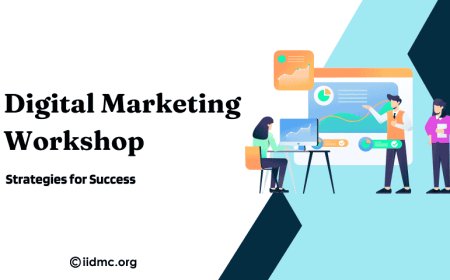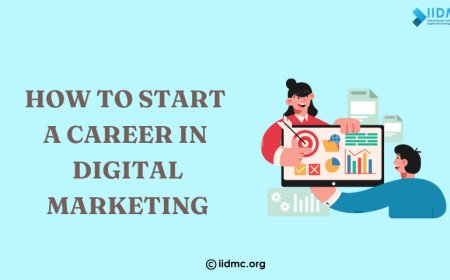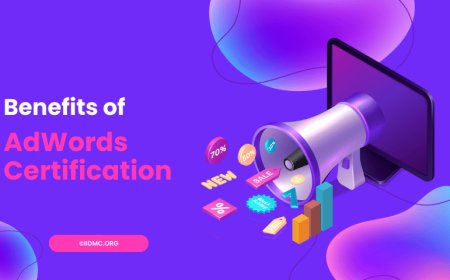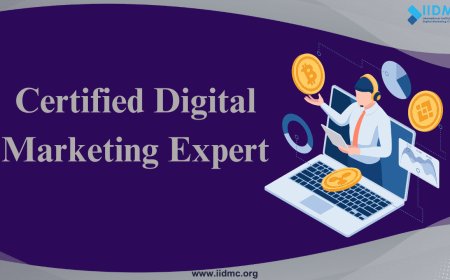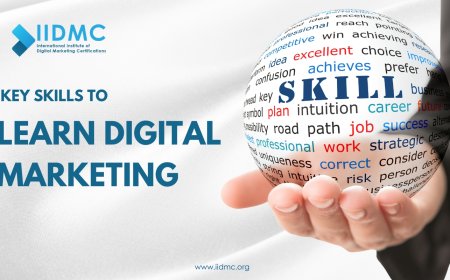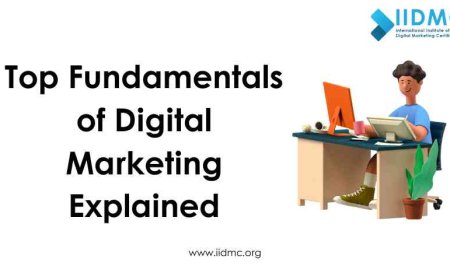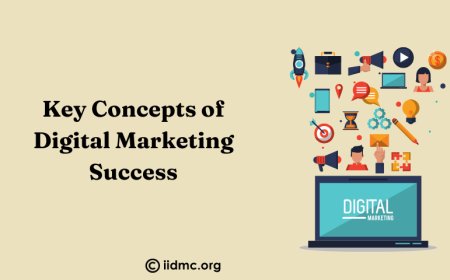What is Pay-Per-Click (PPC)?
Learn what Pay-Per-Click (PPC) advertising is, how it operates, and how companies use it to expand their online visibility, increase sales, and generate traffic.
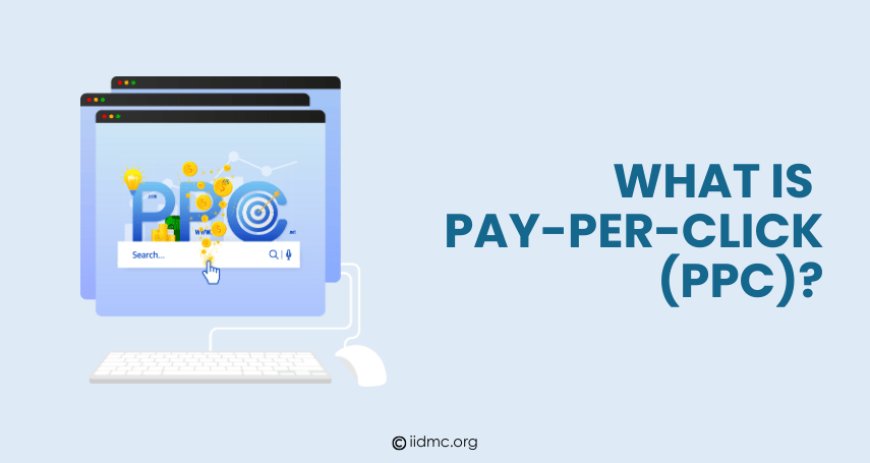
Pay-Per-Click is one of the simplest ways to get your business in front of the right people online. Over the years, I've worked on a lot of PPC ads, and it's always fascinating to observe how quickly results can be obtained.
What PPC is, how it operates, and why it can help your business expand. I'll be simple and easy to understand, with no complicated terms and only the information you need to get started and feel comfortable utilizing PPC to achieve your goals. Let's get started!
What is Pay-Per-Click?
Pay-Per-Click is an online advertising approach in which marketers pay a fee whenever someone clicks on their ad. This is a method of purchasing website traffic instead of attempting to "earn" such visitors naturally through SEO (Search Engine Optimization).
Consider it similar to renting a prominent position on a search engine page. You pay a small fee when someone clicks on your advertisement, but you also receive a visitor who may ultimately become a customer.
Google Ads (previously Google AdWords) is one of the most popular PPC platforms. YouTube Ads, Facebook Ads, Instagram Ads, LinkedIn Ads, and Bing Ads are other platforms.
How Does Pay-Per-Click Work?
It works by allowing advertisers to bid for ad placement in a search engine's sponsored links. Let's say you sell running shoes, and you bid on the keyword "best running shoes."
When someone types that into Google, your ad might show up at the top of the page. If they click on it, you pay the amount you bid for that click.
Here’s how it works step by step:
1. Choose Your Keywords
You select keywords related to your business that people might type into a search engine. These should be words your potential customers are searching for.
2. Create Your Ads
Write short, catchy ads that will appear in search results or on websites. Your ad should include a headline, description, and a link to your website.
3. Set Your Budget
Decide how much you want to spend per day or month. You can also set a maximum bid, the highest amount you're willing to pay per click.
4. Compete in the Ad Auction
Every time someone searches a keyword you’re bidding on, an auction takes place. Google or another platform decides which ads to show based on your bid and the quality of your ad.
5. Pay When Someone Clicks
You only pay when someone clicks your ad. If no one clicks, you don’t pay. But the goal is to get quality clicks that lead to sales or other desired actions.
Where Do PPC Ads Appear?
PPC ads can appear in several places online:
-
Search engine results pages (SERPs) like Google or Bing.
-
Display networks (banner ads on websites).
-
Social media platforms like Facebook, Instagram, and LinkedIn.
-
Video platforms like YouTube.
-
Shopping ads (product listings on Google).
Each platform has its way of showing ads, but the pay-per-click model remains the same.
Why Use PPC?
There are many reasons businesses use PPC as part of their marketing strategy:
1. Instant Traffic
It can get you traffic fast. Unlike SEO, which takes time, it can put your business in front of people within hours.
2. Highly Targeted Ads
You can target your ads based on location, device, language, age, interests, and even the time of day.
3. Control Over Budget
You decide how much to spend. Start with as little as a few dollars/rupees a day, and increase as you see results.
4. Measurable Results
You can see exactly how many people clicked your ad, how much you spent, and whether those clicks led to sales.
5. Brand Visibility
Even if people don’t click, they still see your brand at the top of the page, which builds awareness.
Key Terms to Know in PPC
Here are some important terms that come up often in PPC advertising:
CPC (Cost Per Click)
The actual price you pay for each click on your ad.
The percentage of people who saw your ad and clicked on it.
Quality Score
A score (from 1 to 10) given by Google based on your ad's relevance, landing page quality, and expected CTR.
Ad Rank
A value that determines your ad's position on the page. It's based on your bid and Quality Score.
Conversion Rate
The percentage of people who took an action (like buying something) after clicking your ad.
Types of PPC Ads
There are different kinds of PPC ads you can run, depending on your goals:
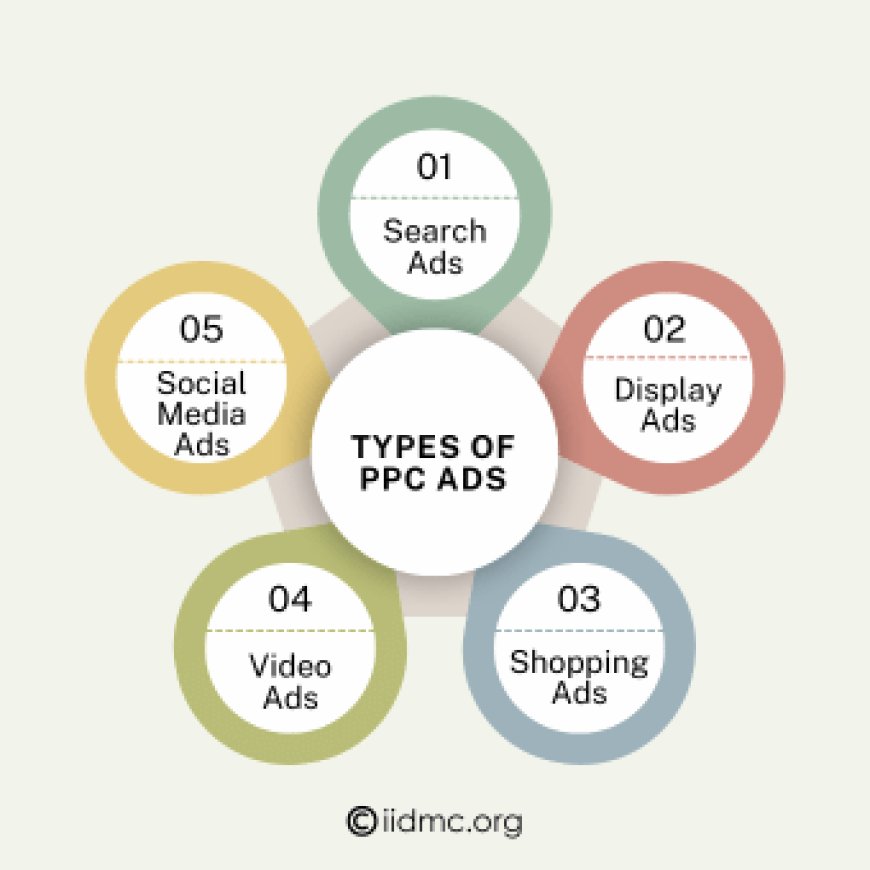
1. Search Ads
Text ads that appear on search engine results when someone searches your keyword.
2. Display Ads
Image or banner ads that appear on websites across the internet.
3. Shopping Ads
Product-based ads with images and prices, shown on Google Shopping.
4. Video Ads
Short video ads that play on YouTube or other video platforms.
5. Social Media Ads
Sponsored posts on Facebook, Instagram, LinkedIn, and Twitter that look like regular posts.
How to Make PPC Work for You
Here are some simple tips to run successful PPC campaigns:
1. Start with Clear Goals
Do you want more sales, leads, or just traffic? Set a clear goal before you start.
2. Do Keyword Research
Use tools like Google Keyword Planner to find the right keywords that people are searching.
3. Write Strong Ads
Make sure your ads are clear, relevant, and have a call to action (like "Buy Now" or "Learn More").
4. Use Landing Pages
Send users to a specific page that matches the ad, not just your homepage. It should be easy to understand and lead to the next step.
5. Track Your Results
Use tracking tools to see what’s working and what’s not. Adjust your campaign as needed.
Pay-Per-Click is a powerful tool for getting your business in front of the right people at the right time. It's fast, flexible, and gives you clear results. Whether you're a small business owner or part of a big company, it can help grow your brand and bring in new customers.
The key is to start small, learn as you go, and always focus on your audience. With the right strategy and a bit of patience, it can become one of your best marketing investments.
